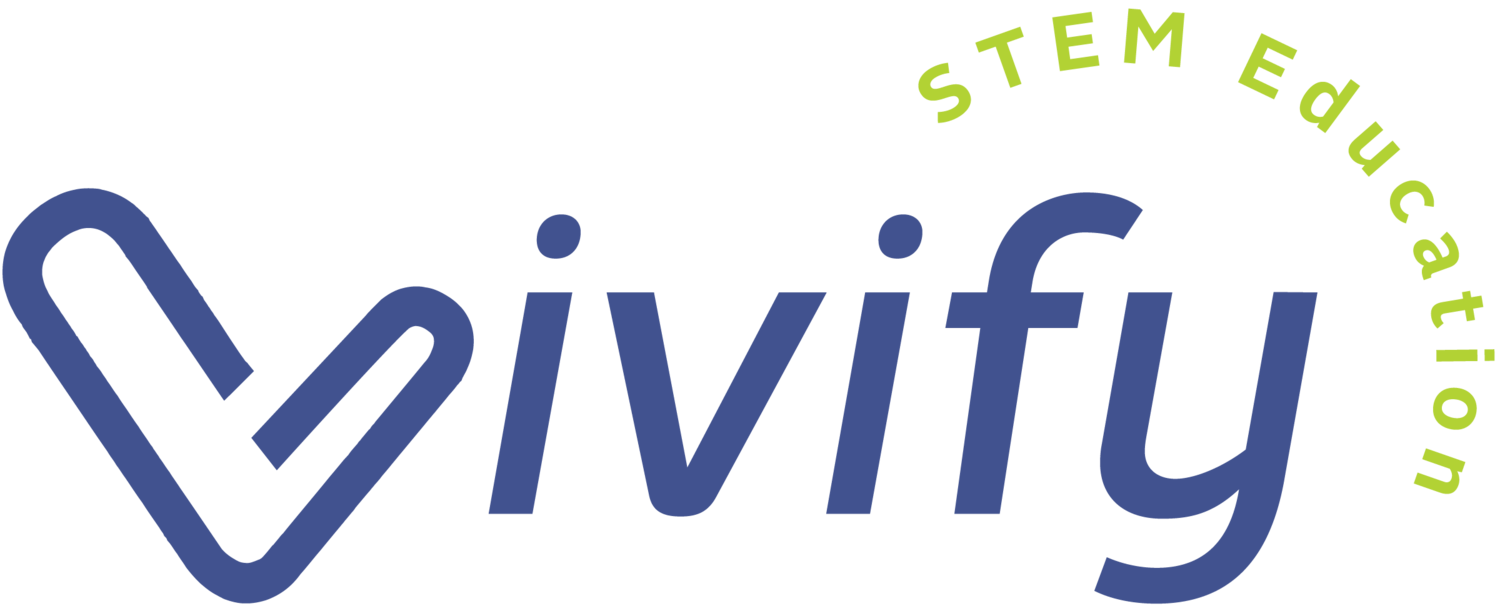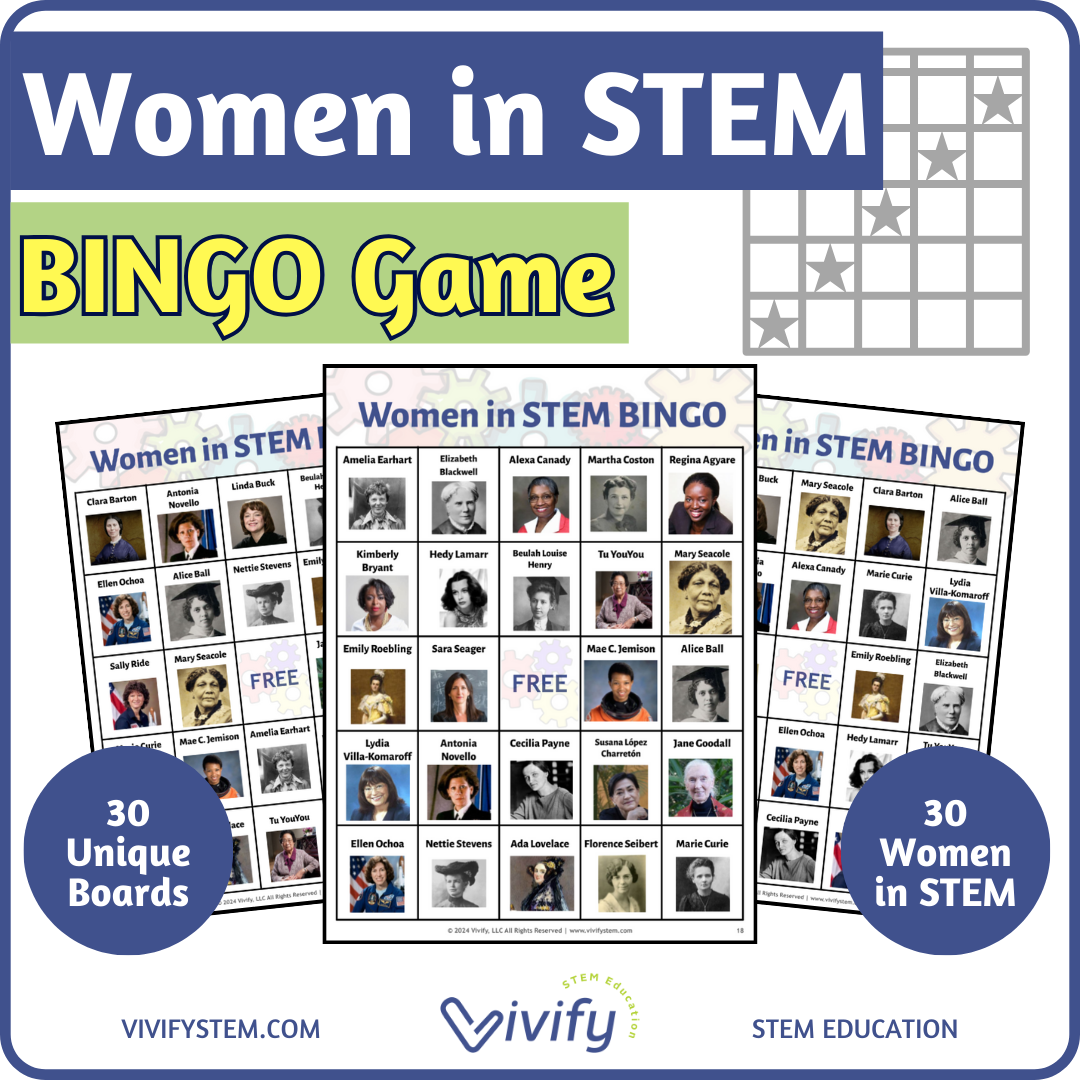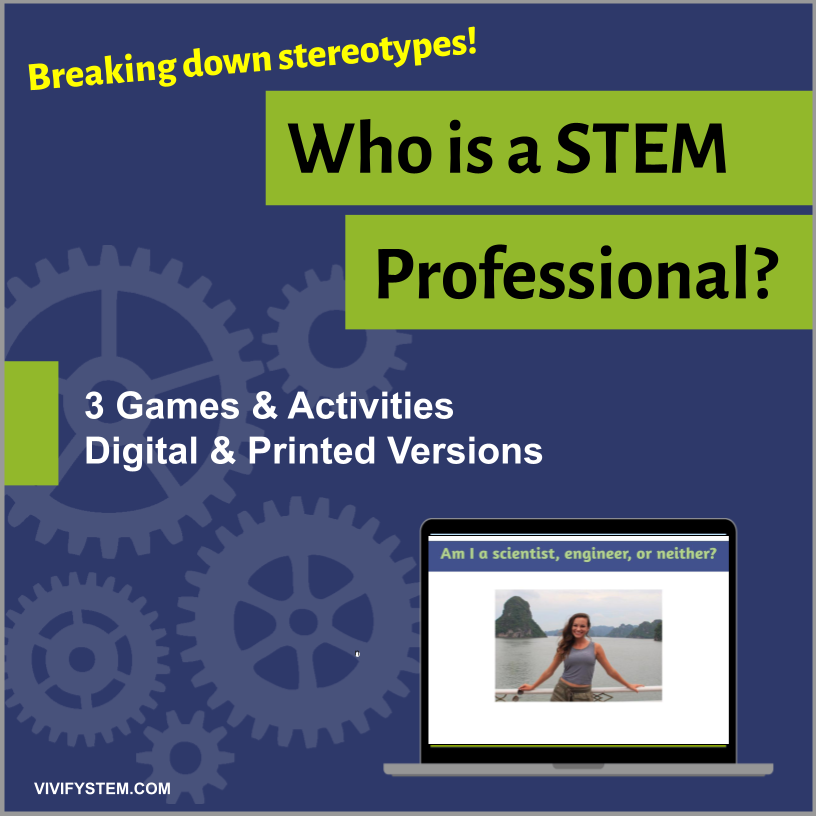Why Early STEM Matters: Data-Driven Strategies
Post by Dr. Natasha Wilkerson
May 2, 2025
At Vivify, we believe every student deserves the chance to see themselves as a scientist, engineer, or innovator. But far too often, the images and messages students receive about STEM send the opposite signal. Whether it’s a Google search or a superhero movie, the stereotype of who “belongs” in STEM is still far too narrow, influencing students' perceptions from an early age.
In this post, we explore why representation matters, the critical role early exposure plays in shaping students' educational trajectories, and actionable steps educators and communities can take to make STEM pathways accessible to all students.
This blog content is also covered in the following video:
The Impact of STEM Stereotypes
When you search for the word "engineer" online, what images do you see? Try it out! Chances are, most of the results feature white men in hard hats. For many students, this visual snapshot sends a powerful, if unspoken, message: this is who belongs in STEM.
Or look at how engineers and scientists are portrayed in the media.
From pop culture icons like Iron Man to the cast of The Big Bang Theory, media continues to reinforce narrow stereotypes about what scientists and engineers look like. These portrayals often depict STEM professionals as eccentric, socially awkward, and predominantly white males.
The narrow portrayal of STEM in media can impact young viewers' perceptions of who belongs in STEM fields. For instance, a study analyzing children's drawings of scientists found that while drawings have become more diverse over time, many children still associate scientists with stereotypical images, such as lab coats and male figures.
If students don’t see people who look like them in STEM fields, it can be challenging to envision themselves in those roles. Luckily some companies have changed the narrative such as the 2020 She Can STEM Ad Campaign and Olay’s Women in STEM advertisements.
Why Early STEM Matters
Research indicates that student interest in STEM pathways typically begins to decline around age 11 (Osborne, 2003). By the time they reach middle school, many students, particularly girls and students from underrepresented groups, begin to opt out of STEM pathways.
And this early shift has long-term consequences. According to a study by Tai et al. (2006), students who say in eighth grade that they expect to pursue a career in science are 3.4 times more likely to go on to earn a degree in a STEM field.
The Current Landscape: Who is Missing from STEM?
Representation of Race or Ethnicity in STEM
In 2021, Hispanic/Latino, Black/African American, and American Indian or Alaska Native individuals made up about 30% of the U.S. population and represented 24% of the STEM workforce. This represents an increase from 18% in 2011. Looking at individual groups:
Hispanic or Latino workers comprise 18% of the U.S. workforce and 14% of STEM workers. Among those with at least a bachelor's degree, their representation drops to 8%.
Black or African American workers make up 12% of the U.S. workforce and 9% of STEM workers. Among those with at least a bachelor's degree, their representation drops to 7% (PDF: National Science Board, Science & Engineering Indicators 2021).
Women in STEM
Women make up half of the college-educated workforce in the U.S., yet they hold only 34% of STEM jobs. Still, progress is happening. Between 2011 and 2021, the number of women in STEM roles grew by 31%, a faster rate than for men during the same time (National Girls Collaborative Project).
However, representation is not evenly distributed across all STEM fields. Women are well-represented in the social sciences, making up 65% of the workforce, but they comprise just 16% of engineers.
Strategies for K-12 Educators
K-12 educators and administrators have the power to change the story. Here are some strategies to improve students’ attitudes towards STEM:
Make STEM Accessible: Engage ALL students in hands-on, inquiry-based learning that makes connections to real-world STEM.
Highlight Diverse STEM Professionals: Break down stereotypes and show how all kinds of people are in successful STEM roles. Try out our “Who is a STEM Professional” game for a fun way to show students that anyone can be in STEM! For female role models, use our Women in STEM BINGO Game or download our Women in STEM posters for free!
Engaging community partners. Collaborate with local STEM organizations to bring in guest speakers, mentors, and offer field trips. Here are some examples:
Connect with a local science museum
Connect with a STEM Ecosystem Community of Practice
Watch one of Vivify’s Career Chats
Expanding informal learning: After-school programs and summer camps significantly boost STEM interest. One study found that participation in 158 such programs increased students’ enthusiasm for STEM careers (Allen et al., 2019).
Start a Space Club - receive completely FREE training and curriculum!
Use Vivify’s Launchpad lessons for your own summer or after-school program - choose from a Mission to Moon or Mission to Mars!
What’s at Stake
This isn’t just about fixing opportunity gaps—it’s about shaping our collective future. Diverse STEM teams are more innovative. STEM careers offer pathways to economic mobility. And when all students have access to high-quality STEM learning, everyone benefits.
If we want the next generation of scientists, engineers, and innovators to reflect the full potential of our society, we need to start now, by reimagining who belongs in STEM and making sure every student knows: you do.
What strategies are you using to engage students early in STEM?
Passionate about Early STEM Education?
Then you already know how crucial it is to spark curiosity at a young age. But did you know that storytelling can be a powerful tool for making STEM concepts stick? Check out our post on How to Teach STEM Through a Story—because the best STEM lessons don’t just teach, they inspire!










